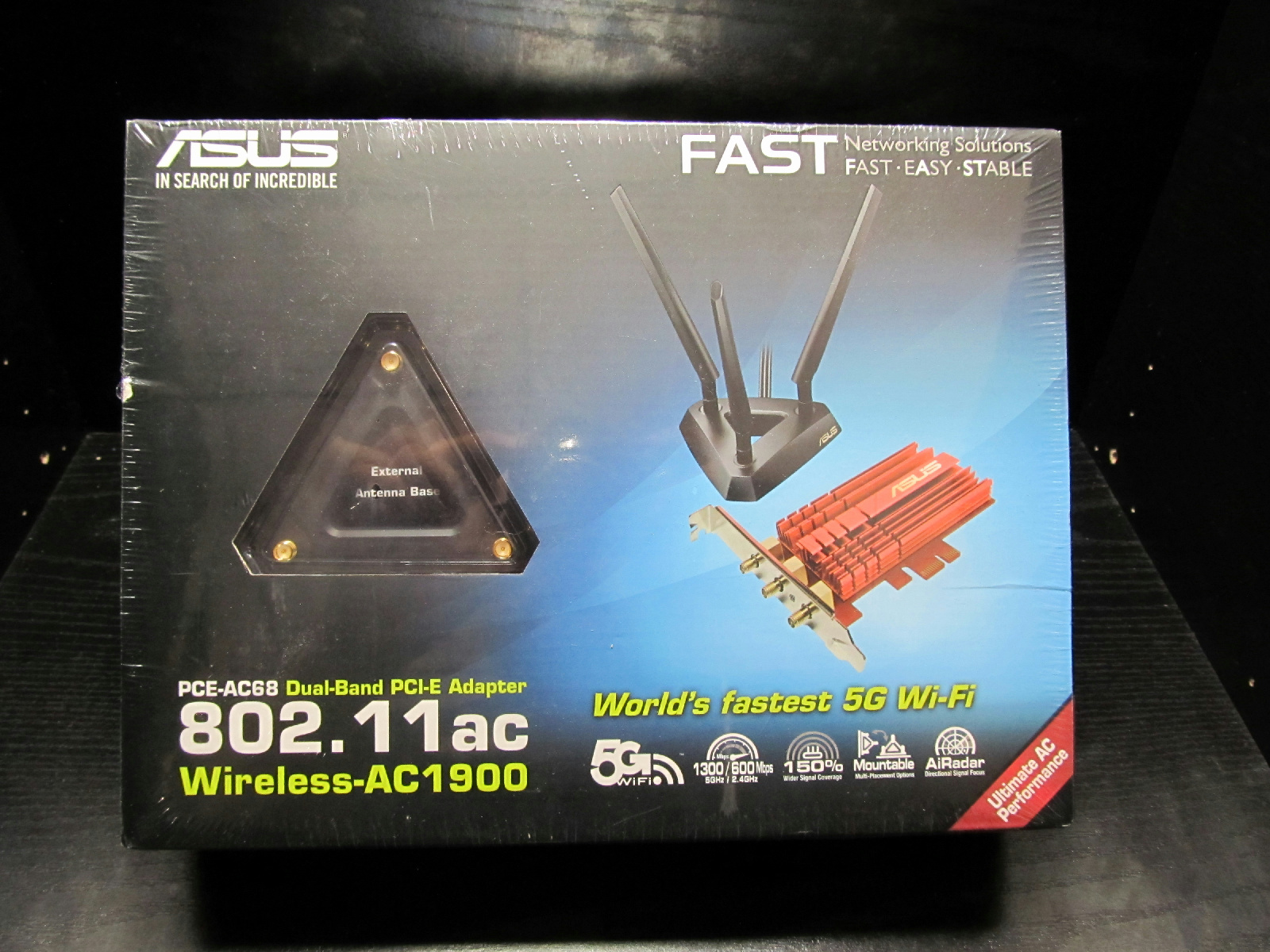

In addition a USB adaptor is compatible with both notebook and desktop systems and they are not overly expensive either.

The first of these methods is to get a USB based device which is a simple device with very little setup required – literally plug it in, install the driver and you’re away. Unless your laptop or desktop system has built-in wireless, there is one of two main options out there for you to choose from in order to add the freedom to your system that is wireless networking. Following on from my review on Asus’ top performing wireless AC router, the RT-AC68U that we looked at not too long ago, it is only worth us taking a closer look at what makes this next generation wireless adaptor tick.


 0 kommentar(er)
0 kommentar(er)
